President Donald Trump announced Monday that the United States will extend a key tariff deadline to August 1 and outlined plans for new import duties that could reach as high as 40% for certain countries.
Shortly after noon, Trump published letters addressed to the leaders of Japan and South Korea, warning that their goods could face a 25% tariff if no new agreements are reached. The same rate had been previously announced during his April 2 speech. Items suspected of being transshipped through these countries could face higher duties.
Later in the day, additional letters were released threatening tariffs of up to 40% on imports from Myanmar and Laos, 30% on South Africa, and 25% on Malaysia and Kazakhstan. The administration intends to apply these measures under the International Emergency Economic Powers Act, though the scope of that authority remains under court review. Markets responded to the announcements with increased volatility.
After the letters were posted on social media, the S&P 500 index fell by as much as 1% during Monday trading. White House Press Secretary Karoline Leavitt confirmed that Trump would sign an executive order to extend the original tariff deadline, which was set to expire this Wednesday, to August 1.
This extension continues a pattern of shifting timelines since the initial tariff proposals in early April, which caused significant market turbulence at the time. The president initially delayed the higher duties to allow more time for negotiations. Since then, U.S. stock indexes have rebounded and reached new highs, though analysts remain watchful of renewed trade tensions.
Treasury Secretary Scott Bessent told CNBC that while further announcements are expected within days, the administration is prioritizing “quality” over “quantity” in any new trade deals. According to White House spokesperson Kush Desai, any final decisions on tariffs and trade frameworks will come directly from the president, who has signaled that all terms remain open to revision.
So far, the administration has confirmed only a limited number of new trade arrangements, including agreements with the United Kingdom, China, and Vietnam. On Sunday, Trump indicated that additional measures could include a 10% tariff on goods from countries aligning with certain economic blocs, on top of the current 10% baseline duty.
While some market analysts expect the renewed uncertainty to be a source of volatility, they do not believe it will derail the broader U.S. economy or equity markets. However, they note that higher import taxes could add to inflation pressures, which the Federal Reserve continues to monitor closely as it weighs future interest rate decisions.
Analysts at Capital Economics noted that the Federal Reserve is unlikely to adjust interest rates until the full inflation impact of the tariffs becomes clearer, adding that borrowing costs for businesses and consumers could remain elevated if tariffs push prices higher. With the extended deadline now set for August 1, further negotiations and possible announcements are expected in the weeks ahead.
#SupplyChainNews #TradePolicy #TariffsUpdate #GlobalTrade #NewsUpdate

















